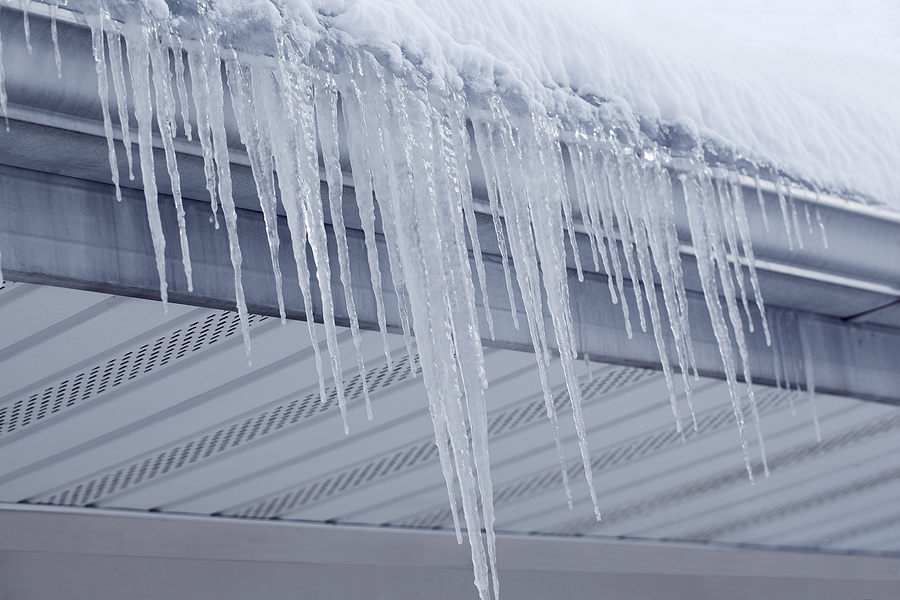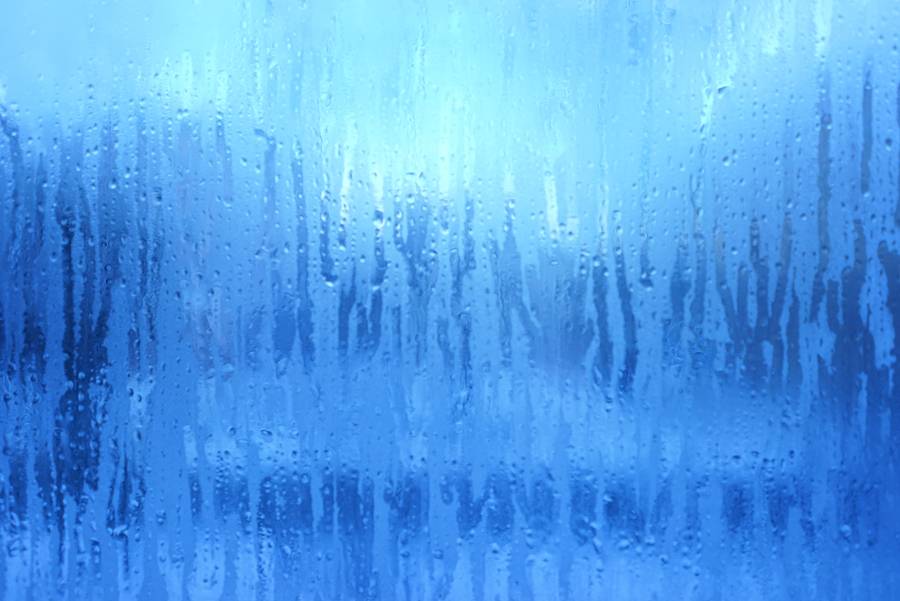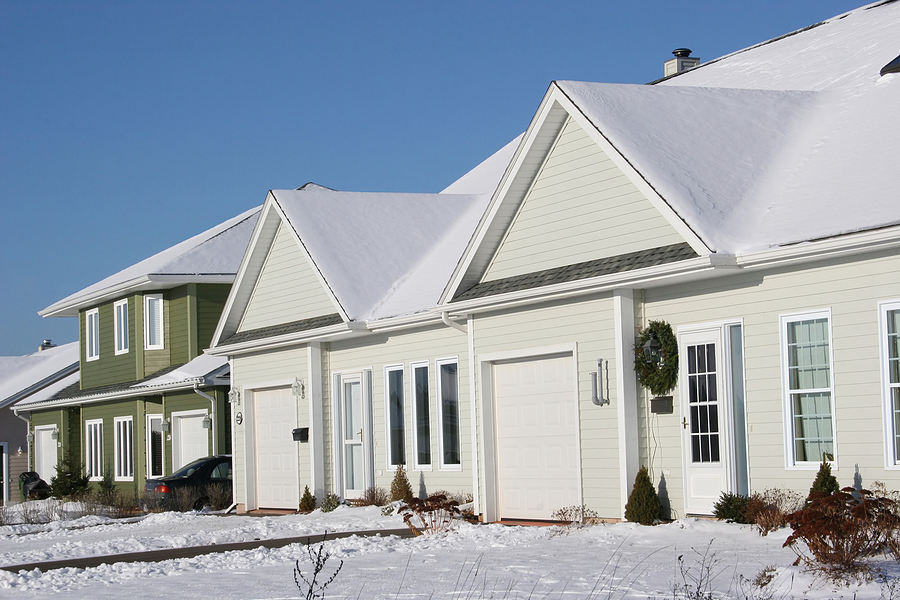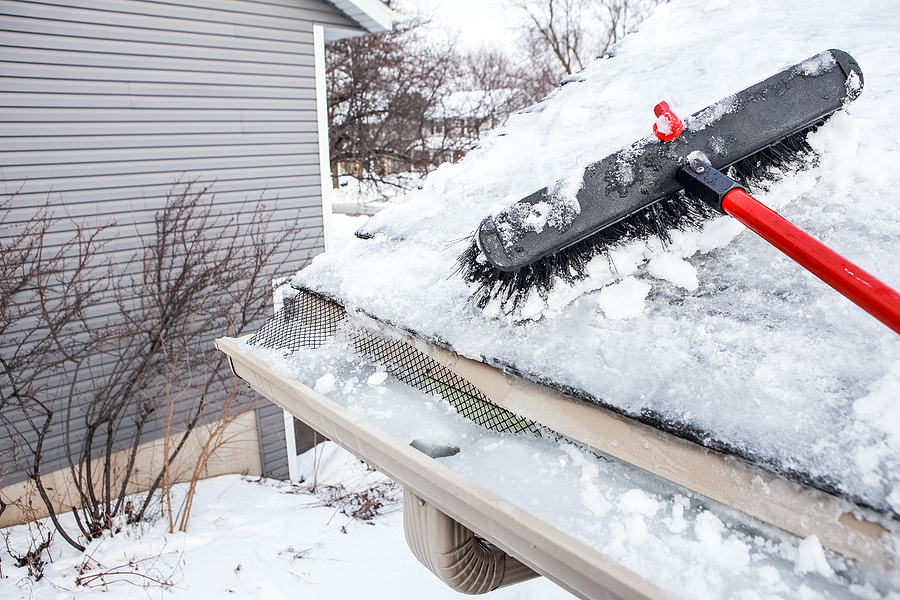As winter approaches, safeguarding your home’s exterior components—gutters, siding, roof, and windows—is essential to prevent costly and time-consuming repairs. Neglecting these areas can lead to significant damage, but proactive measures can help maintain your property’s integrity throughout the colder months.
Gutter Hazards

Gutters are particularly vulnerable in winter due to ice dams, debris accumulation, and freezing temperatures. Ice dams form when melting snow refreezes at the roof’s edge, blocking proper drainage and causing water to back up under shingles, leading to leaks and interior damage. Additionally, clogged gutters filled with leaves and debris can trap water, which may freeze and add excessive weight, potentially causing gutters to sag or detach from the house.
To protect your gutters, ensure they are clean and free of debris before winter sets in. Regular cleaning prevents blockages that contribute to ice dams. Installing gutter guards can also help by reducing debris accumulation and minimizing the risk of clogs. In areas prone to severe icing, consider installing heating cables along the roof’s edge and in the gutters to facilitate snow melting and prevent ice formation.
Window Vulnerabilities

Windows can suffer from drafts, condensation, and ice buildup during winter. Poorly insulated or sealed windows allow cold air to infiltrate, increasing heating costs and reducing indoor comfort. Condensation can lead to mold growth and wood rot, while ice accumulation may cause damage to window frames and glass.
To mitigate these issues, inspect windows for gaps or cracks and seal them with caulk or weatherstripping to prevent drafts. Applying insulating window film can add an extra layer of protection against cold air. If windows are outdated or severely damaged, consider upgrading to energy-efficient models designed to withstand harsh winter conditions.
Siding Challenges

Siding faces threats from moisture intrusion, freezing temperatures, and physical damage from ice and snow. Water can seep into cracks, freeze, and expand, causing further deterioration. Accumulated snow and ice can add weight and pressure, leading to warping or breakage.
Before winter, inspect siding for any cracks or gaps and repair them promptly to prevent water infiltration. Ensure gutters are functioning correctly to direct water away from the siding, reducing the risk of moisture-related damage. Applying a waterproof sealant can provide an extra layer of defense against the elements.
Roof Risks

Roofs are susceptible to ice dams, heavy snow loads, and leaks during winter. Ice dams can cause water to back up under shingles, leading to interior leaks. Excessive snow accumulation adds weight, potentially compromising the roof’s structural integrity. Freeze-thaw cycles can also cause shingles to crack or dislodge.
To protect your roof, ensure proper attic insulation and ventilation to maintain a consistent roof temperature, reducing the risk of ice dams. After significant snowfall, safely remove excess snow using a roof rake to prevent overloading. Regularly inspect the roof for damaged or missing shingles and address repairs promptly to prevent leaks.
By taking these proactive steps, homeowners can effectively safeguard their property’s exterior components against the harsh conditions of winter, ensuring durability and peace of mind throughout the season. It’s advisable to review your homeowner’s insurance policy to understand coverage for winter-related damages. Additionally, consulting with local home repair contractors can provide insights into common regional issues and professional solutions. Regular maintenance and professional assessments can help identify vulnerabilities and implement effective protective measures.
